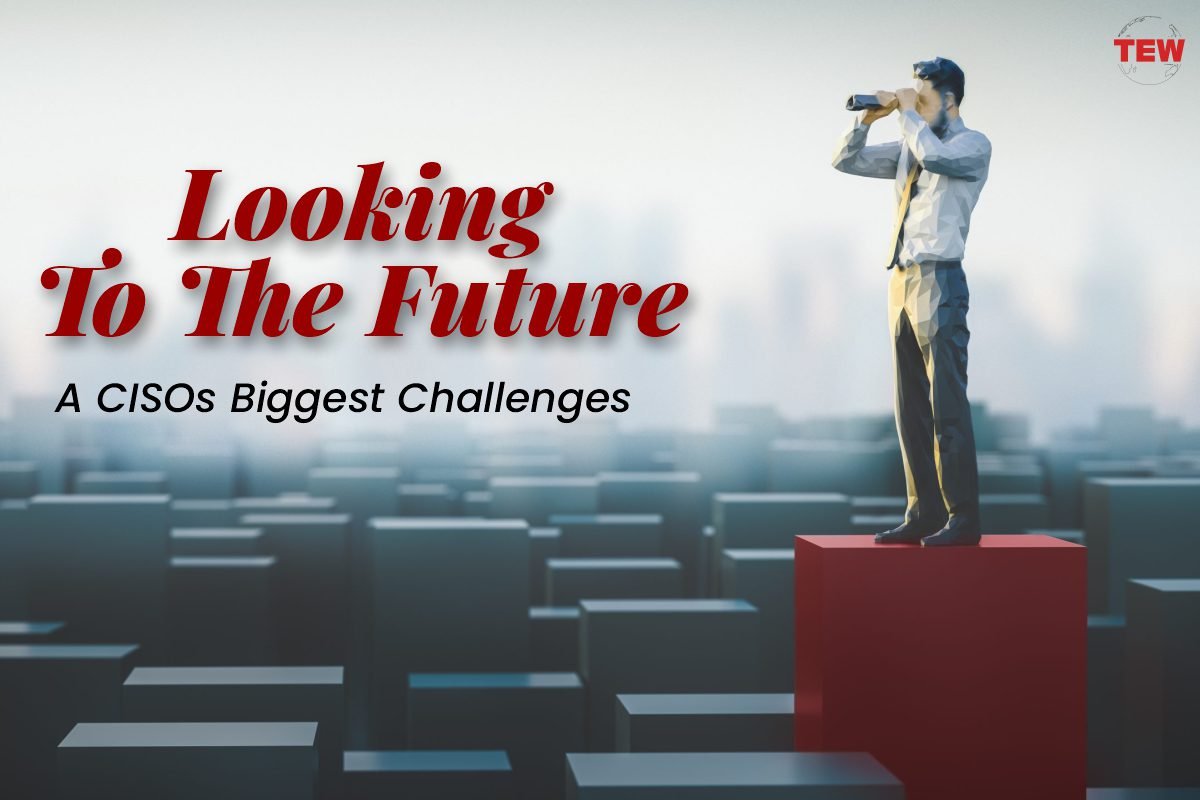The world of information security is dynamic. Threat actors constantly explore new ways to infiltrate networks and adapt their existing strategies to reflect prevailing IT trends. Chief Information Security Officers (CISOs) always need to look to the future to ensure adequate security measures that mitigate against both today’s and tomorrow’s threats. This article explores some of the biggest future challenges that CISOs need to think about.
1. The Continuing Skills Shortage
A 2021 survey found that over 57 percent of organizations continue to feel the impacts of an ongoing cybersecurity skills shortage. The same survey found that 95 percent of respondents feel the skills shortage hasn’t improved at all over the last few years.
CISOs know that proper security risk management depends as much on the right people as it does on having the latest tools and technologies. There are no easy answers for navigating this skills shortage over the coming years, but CISOs do have some options, such as:
Leverage automation:
security automation can help to close gaps in skills shortages by replacing tasks normally performed by human analysts with computers. Good candidates for automation include triaging alerts based on risk and severity, pushing out software updates, and provisioning access for users to different accounts.
Outsource security tasks:
Third-party managed security services provide organizations with a way to get access to the skills that they lack in a more cost-effective way. Organizations can choose from fully outsourced security operations centers to project-based options such as penetration testing and compliance monitoring.
Invest in security training:
Part of the security skills shortage stems from existing security professionals not maintaining or advancing their skillsets through structured training programs. Organizations willing to invest in better training and to provide upskilling opportunities for other business professionals stand a better chance of addressing the skills shortage.
2. Credential Stuffing Attacks
Threat actors continue to exploit poor password hygiene with alarming regularity. Quite apart from the security skills shortage, CISOs need to contend with the issue of a basic lack of security awareness that permeates many organizations. The blame for this lack of awareness starts with organizations not adopting a culture that prioritizes security.
One particular type of attack that takes advantage of poor password hygiene is credential stuffing. When data breaches occur, threat actors steal and sell lists of stolen username and passwords combinations on the dark web.
Opportunistic hackers know that people reuse the same passwords across different systems. In a credential stuffing attack, hackers use lists of compromised credentials and attempt to access accounts and services with those same credentials.
According to Salt Security, some ways that CISOs can help their companies defend against credential stuffing include multifactor authentication (MFA), CAPTCHAs, and behavioral analytics.
3. Hybrid Workforces
The almost overnight change to remote working driven by the global pandemic exemplified the rapidly evolving dynamics of the information security landscape. CISOs quickly had to account for new potential risks from remote access technologies and poor visibility into end-user activity on remote endpoints.
Many employees welcomed the flexibility provided by remote working. Cross-industry demand for remote work arrangements looks set to continue for the foreseeable future. Some employees will want to return to the office, but others will undoubtedly prefer to work from home. This new hybrid work landscape creates security challenges that CISOs need to address.
Securing the post-pandemic hybrid workforce calls for a rethink in budget allocation towards solutions such as zero-trust and endpoint visibility. CISOs also need to consider insider threats emerging from lax security policy enforcement by remote workers. Connecting to unsecured Wi-Fi networks, downloading malicious email attachments, or losing devices with sensitive company data represent a small sample of the issues CISOs need to consider in the hybrid workforce of the future.
4. Advanced Detection and Response
As hackers evolve their techniques, more advanced threats will bypass perimeter-level security controls, such as firewalls or endpoint antivirus solutions. Once these initial controls have been breached, organizations have trouble detecting and responding to threats on their network. Hackers can move laterally through the network and eventually inflict severe damage with ransomware or data exfiltration.
It’s prudent to consider more advanced detection and response solutions that detect threats lurking inside the network already. These solutions should facilitate faster response times to those threats by not inundating security teams with high volumes of low-level alerts. Ideally, CISOs should plan to adopt solutions that leverage advanced machine learning capabilities that can match these more advanced network threats.
Closing Thoughts
CISOs need to wear many hats if they want to effectively deal with tomorrow’s cybersecurity threat landscape in a business-aware way. In practice, this means being aware of the main technical, process, and people-related challenges at their organizations and finding ways to deal with those challenges effectively. Balancing business and security risk management is a tricky act that ultimately defines the success of CISO’s in their roles.
About the Author: Ronan Mahony is a freelance content writer mostly focused on cybersecurity topics. He likes breaking down complex ideas and solutions into engaging blog posts and articles. He’s comfortable writing about other areas of B2B technology, including machine learning and data analytics. He graduated from University College Dublin in 2013 with a degree in actuarial science, however, he followed his passion for writing and became a freelance writer in 2016. He currently also works with Bora. In his spare time, Ronan enjoys hiking, solo travel, and cooking Thai food.




